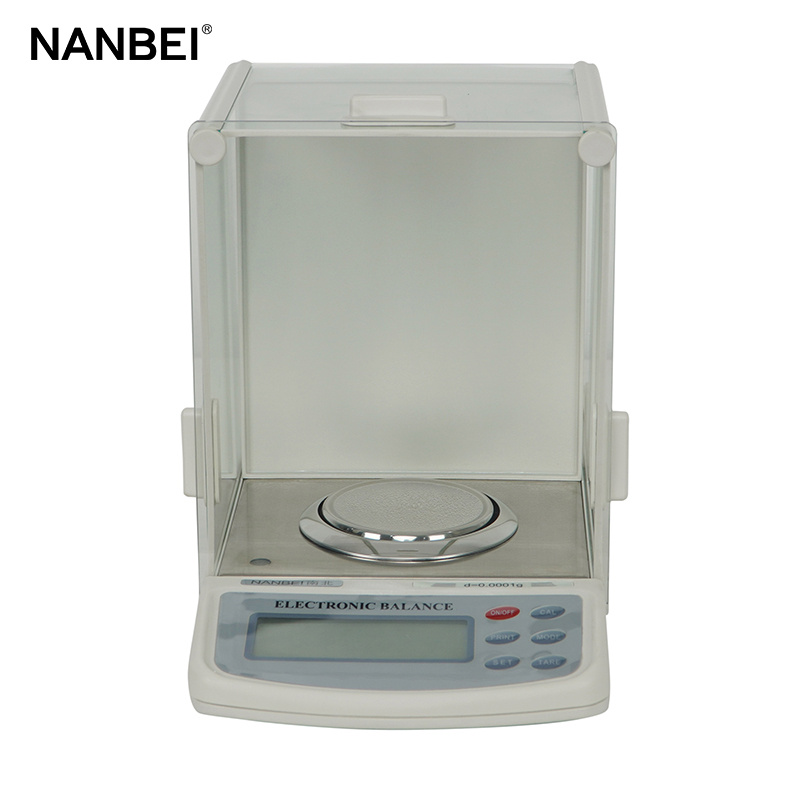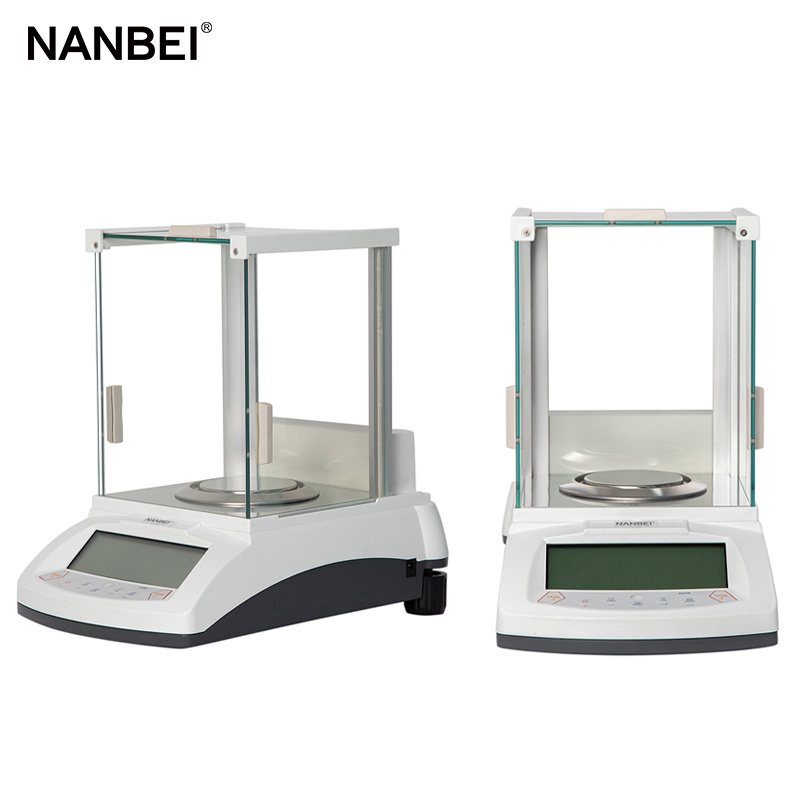-
 +8615890068607
+8615890068607
-
 +8615890068607
+8615890068607
-
 bella@nanbei-china.com
bella@nanbei-china.com
 Mobile:+86 15890068607
Mobile:+86 15890068607
Laboratory balances can be generally divided into ultra-micro laboratory balances, micro laboratory balances, semi-micro laboratory balances, laboratory analytical balances, precision laboratory balances, and large-range laboratory balances.

How to test the performance of electronic analytical balance
1. Stability
Stability can be divided into long-term stability and instantaneous stability. Long-term stability refers to the electronic balance with little change in ambient temperature. Instantaneous stability refers to the value displayed immediately and remains unchanged after the object to be measured is placed on the balance.
2. Linear accuracy
Linearity is also a very important indicator for measuring electronic balances, mainly referring to the deviation between the displayed value and the absolute value within the entire weighing range.
3. Repeatability
If the repeatability is not good, the collected data is unreliable. Repeatability mainly refers to the volatility of the value after the electronic balance is weighed many times. Minimum value, maximum value and deviation.
4. Sensitivity
Sensitivity refers to the resolution and the time limit reflected by the resolution. Reflecting the time limit, the shorter the time it takes for the value to increase by one sensitivity value after the electronic balance increases by one sensitivity value, the better.
5. Service life
Service life refers to the length of the expected period of use.

Electronic balance is a very important instrument in the laboratory, which is widely used in the measurement and analysis of trace substances in the fields of chemistry, biology, pharmaceuticals, materials science, etc. It has the characteristics of accurate and reliable weighing and fast and clear display.
Previous: No Information